Just like we have to walk before we can run, artists have to sketch before they can paint. This is a bit of a crude analogy, but it illustrates the main idea of concept art – taking the first step towards a big goal. Concept art usually refers to sketches, drawings, and images created to illustrate an idea or concept before it receives a complete and polished design.
When you consume media (games, movies, etc.), you may not see much concept art, but it plays a big role behind the scenes of any such production. There’s a lot to cover on the topic – which types of art you can create, how the process goes, the usefulness of concept art services, etc., and we are here to give you the full details.
Where is concept art used?
You might be surprised to learn that concept art has a pretty broad range of use, spanning multiple industries and even purposes. Let’s examine the main ones:
1. Games
Game development is a very time-consuming and lengthy process that various blockers can complicate further. Thus, it is very important for artists to test out various concepts visually for concept art, so that when the final designs/models are created, they do not conflict with the game’s architecture, mechanics, and overall story. Any issue with the final design can cause months of delays and redos, while a new batch of fantasy game concept art can be created in the span of just a few days.
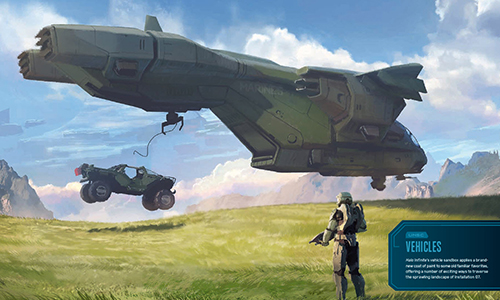
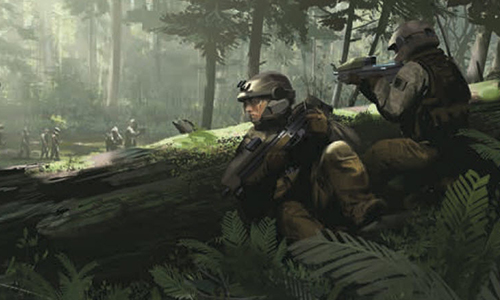
Example: Halo Infinite
The artists of this open-world game evidently experimented with multiple biomes (including the lush forest pictured) before settling on the grassy and mountainous environment players enjoy today.
2. Animation
Most forms of animation (2D&3D) are quite demanding in terms of time and resources, to the point that creating even several minutes’ worth can take weeks. But concept art proves helpful, informing the mood, lighting, characters, and objects in a scene.
We should make the distinction that cartoon concept art is not the same as storyboarding. Storyboarding gives a rundown of the sequence of events in an animation, while a piece of concept art focuses on one particular aspect of the story/world, which may not even tie into the events depicted.
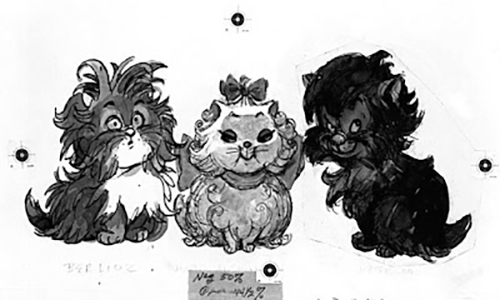
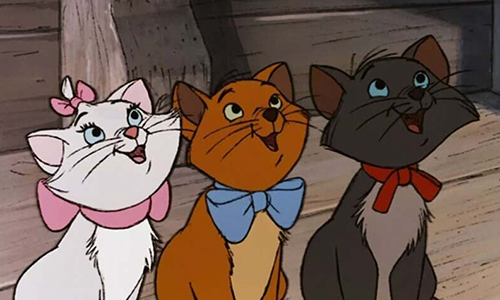
Example: The Aristocats
The three main kittens from this beloved animated movie originally had much more matted and shaggier hair, which must have been a nightmare for artists to animate, so in the end, they went with a much more streamlined design with fewer lines and protruding fur.
3. Film & TV
Creating art for filmed media (like movies and TV shows) is quite different from the previously mentioned types, because artists have to consider real-world limitations (like physics, available materials, the scale of sets that can be built) in their work.
For TV & movie concept art, the focus shifts from depicting characters’ features to what kind of clothes they wear, which items they carry, and how the world around them looks. This art is especially helpful to set directors, costumers, and prop managers that are in charge of procuring all the items featured in a scene.
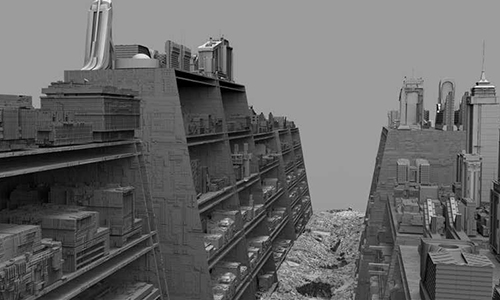
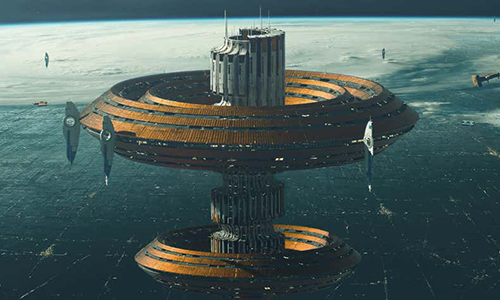
Example: Foundation
Foundation is a sci-fi series that features lots of sleek buildings, ships, and gadgetry. These cool and wacky ideas were explored in detailed and futuristic concept art both in 2D & 3D.
4. Enterprises
You don’t have to be involved in the production of media or games to make use of concept art. In fact, many companies in the fields of manufacturing, architecture, electronics, food & beverage, and others use concept art as pathfinders to their work. Perhaps they are designing a new product and want to test different looks for it. Or perhaps they are coming up with a creative building design and want to see the gist of it through architectural/building concept art before moving on to blueprints. The use cases here are very diverse.
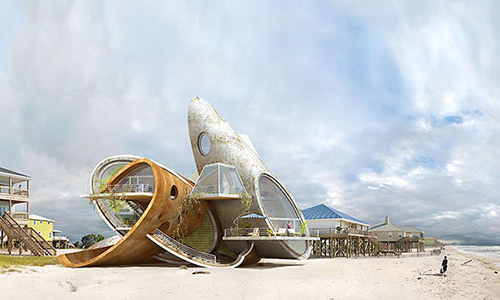
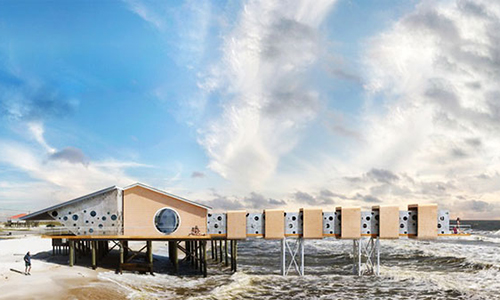
Example: Hurricane-proof home by D. Gonzalez
The image looks just like a photo, but is really a concept that explores how a beachfront home might look to withstand the forces of a hurricane.
5 different types of concept art you can create
If you put your mind to it, you can illustrate nearly everything (except for abstract notions and philosophical ideas), but it can really be called concept art only if it builds towards something bigger (or aspires to it). Below, we list some of the most common types of art you may encounter or choose to craft.
1. Character concept art
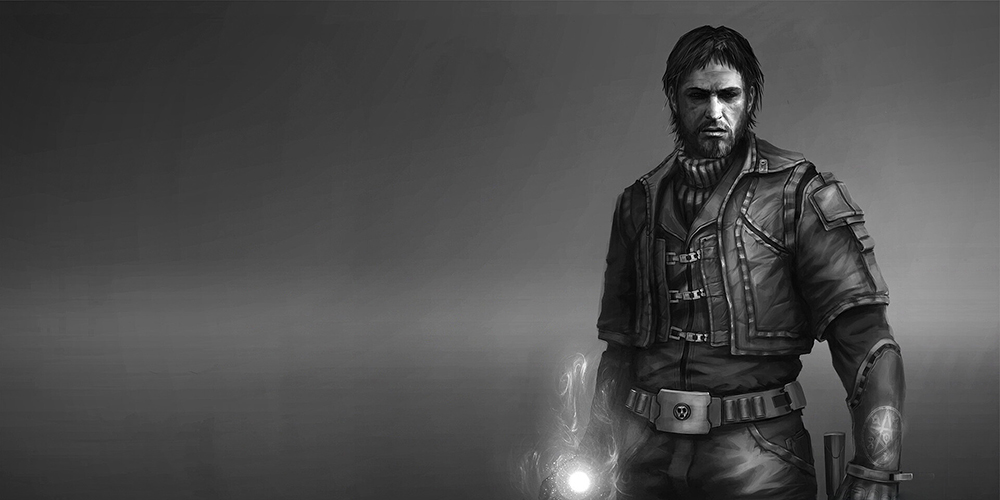
Making character concept art in itself is not too difficult, but the same cannot be said for making memorable characters. Some characters are meant to fade into the background, while others have to hook users and resonate emotionally, so a lot of work can go into crafting every tiny feature of human concept art.
2. Environment concept art
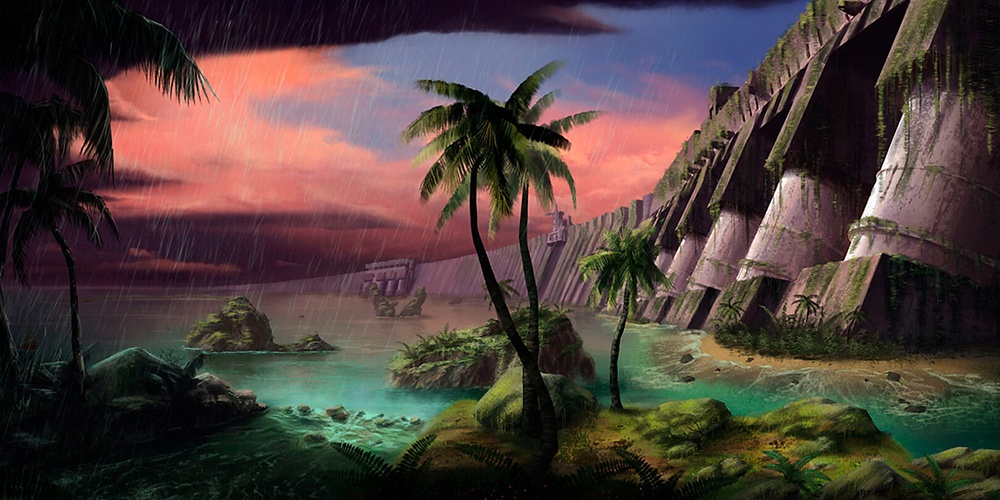
Sometimes, game environment concept design is done as a precursor to level and map development, and in other times, it eventually goes on to become background art. Wherever it is used, it helps paint a picture of the world depicted and sets the mood for exciting events.
3. Prop concept art
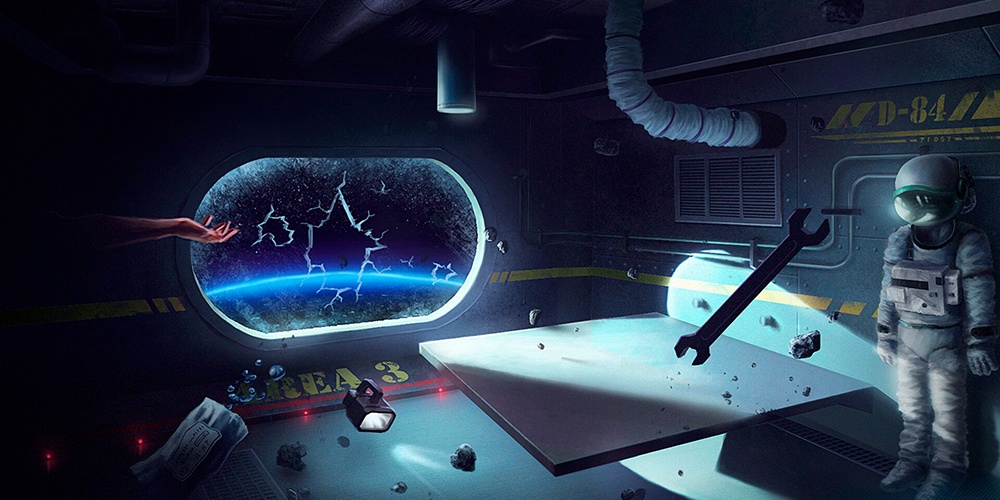
“Prop” refers to any object, inventory, product, device, etc. that plays an important role. It may be the sole focus of a scene or just something that a character carries or interacts with.
4. Vehicle concept art
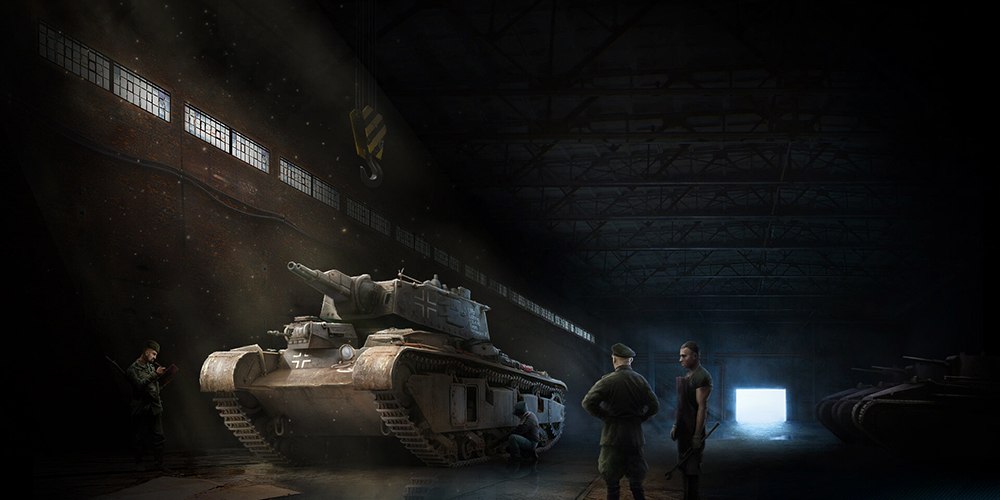
Vehicle art is a common requirement for action-packed games, and sometimes serves as a design pathfinder for automakers. Most vehicles have a complex structure that makes their designs harder to make than regular items and props.
5. UI concept art
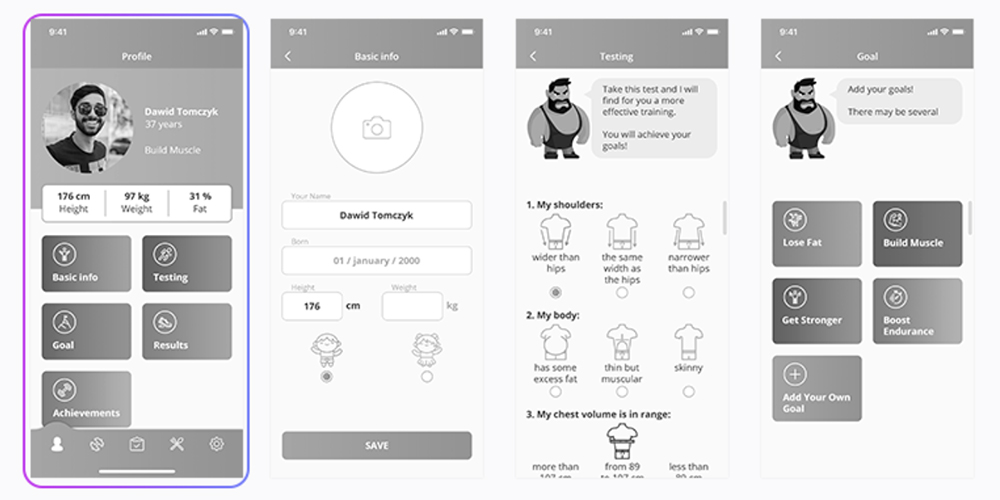
User interfaces are typically designed through wireframes (basic sketches), which are basically synonymous with concept art. Apart from structural elements (boxes, lines, etc.), they often incorporate placeholder sketches for logos, images, and colored elements.
You can get these types of art at an expert level with custom concept art services
How concept art is created
While there is no universal, “textbook” method for creating concept art, we can list some industry standards and practices that may be helpful for anyone getting started.
Requirements
Most concept art nowadays is created digitally, so artists should be equipped with the proper hardware and software. In terms of hardware, there is a split between those who prefer to draw/paint on a computer with a mouse and those that use a graphic tablet. Keep in mind that both device types have unique benefits and using one does not preclude using the other.
In terms of software, 2D design programs like Adobe Illustrator, Krita, Photoshop, and Sketchbook are very popular. In situations that require 3D art, tools like Maya, 3Ds Max, and Blender may be engaged. We also want to mention that some of the listed programs require the purchase of a license, especially for enterprises, so there may be substantial cost involved.
Process
Because the end product of the process can be very different (from a basic doodle to large and elaborate artwork), the process also varies. In any case, you should begin with an idea of what you want to depict and think about the framing – what you want to include in the scene and its position. With these things in mind, you can create sketches with general outlines of the elements in the frame.
From that point on, it is just a matter of adding details, features, and color to the piece. It is perfectly normal for sketches that the artist is not happy with to be scrapped and new ones created, so the color and details are mostly done once they are confident in the product at hand. Obviously, the process will be very different for 3D artwork, as some degree of 3D modeling and rendering will be necessary.
After creation
Feedback is an essential post-design stage, wherein the art director (or a senior figure on the project) evaluates the art. Artists may be asked to go back to the drawing board and create new sketches, or (if the conceptual designs were successful), the artwork is archived and used as a reference or inspiration for full-scale designs of models, frames, and sequences. The models created for 3D concept art may be reused and repurposed for further animation and integration into media or software.
Finding concept art services
When you want to develop and illustrate a concept, crafting it yourself is not the only path forward. There are plenty of art studios operating that will happily take care of it for you, such as 3D-Ace.
Our company has been creating breathtaking art for over 20 years, and our artists are behind many of the unique designs you saw in this article. If you choose to work with us, we will create all the designs you need in the given timeframes, and apply our high level of expertise and industry knowledge to make them truly shine.
If you like our work, we can also take it a step forward and produce the models, large-scale artwork, animation, and other assets you need for your project.
To discuss your project and how we can contribute to it, just send us a message.




